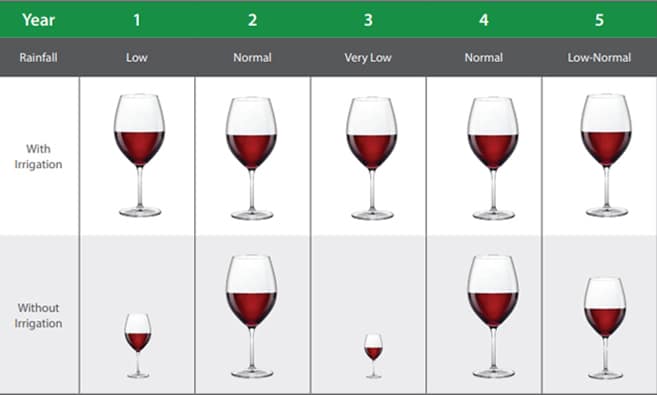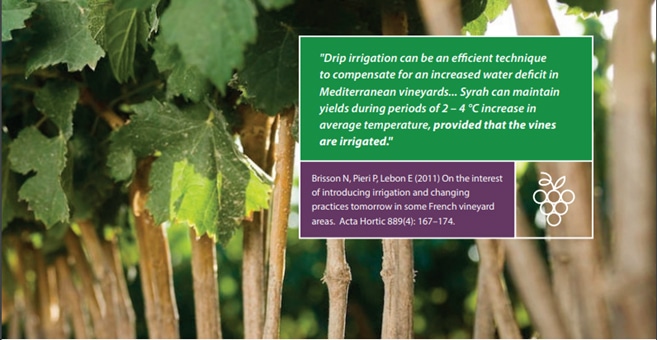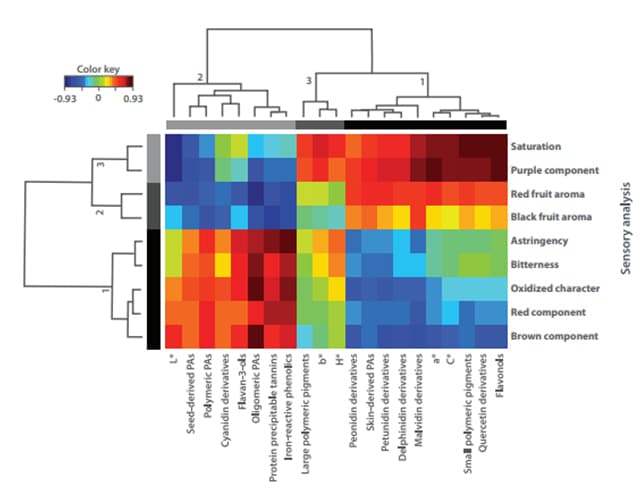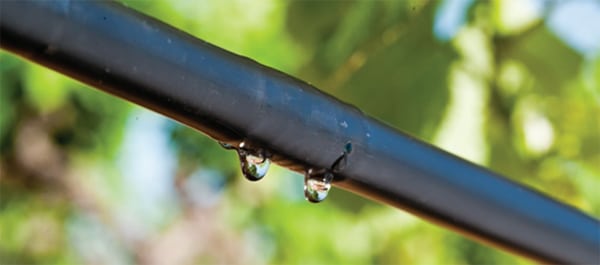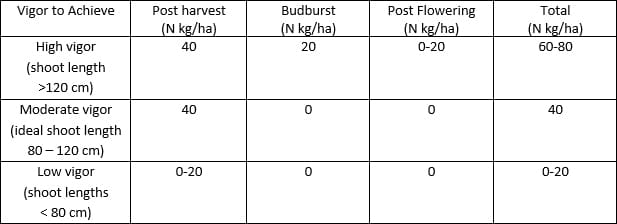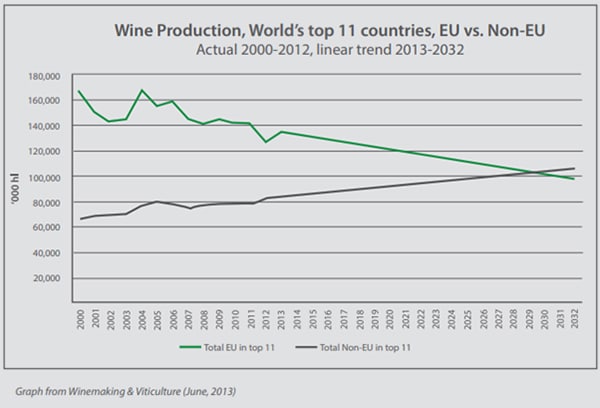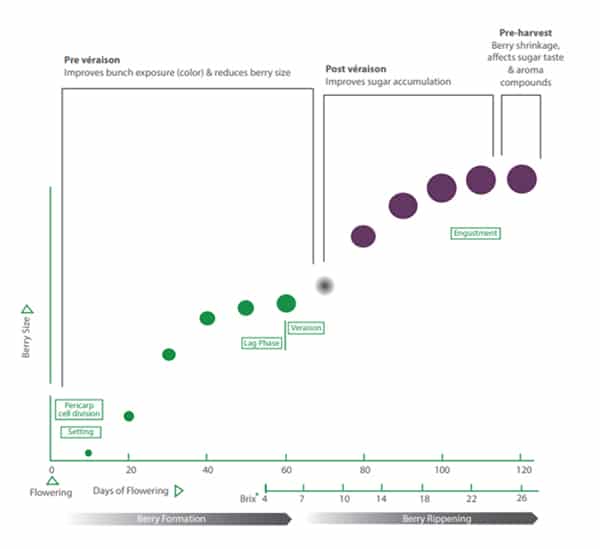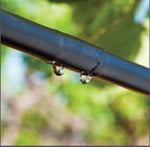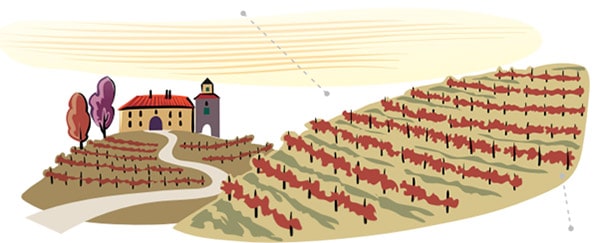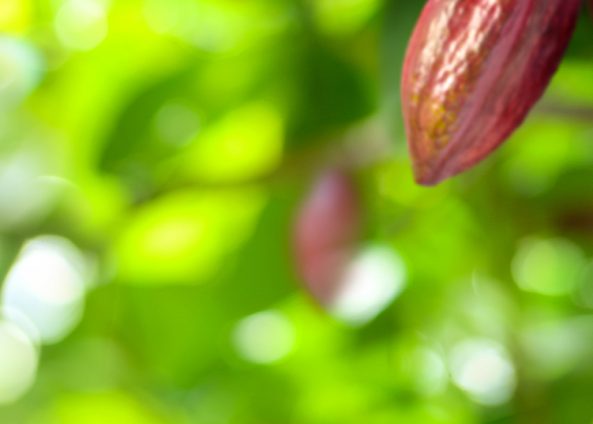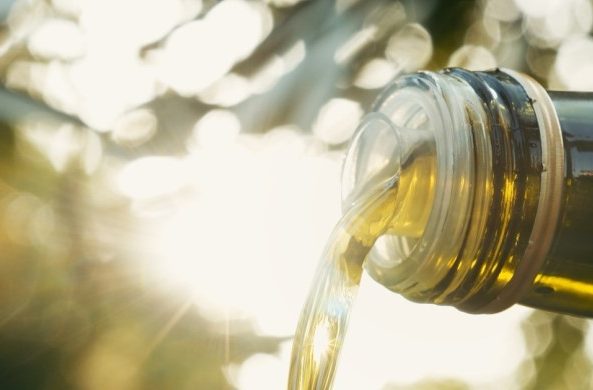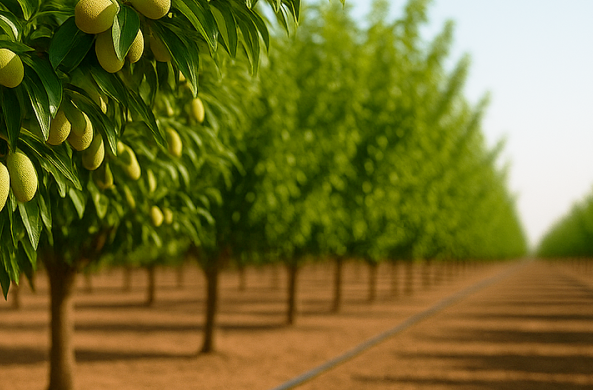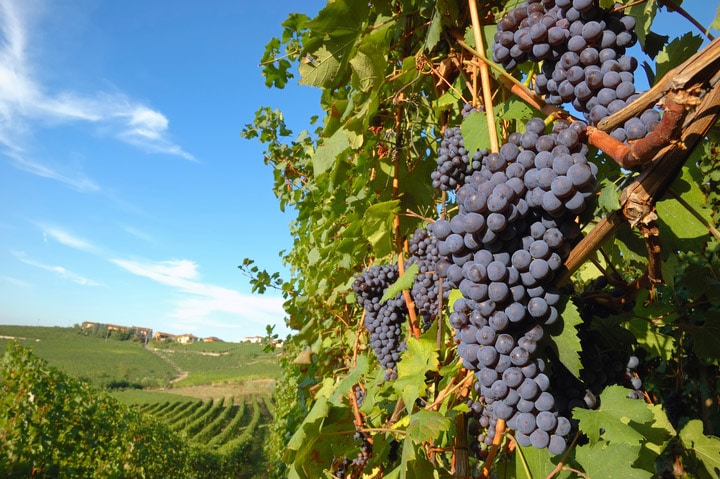
Achieve Great Wine – Every Year
Growing Great Wine
If you manage a vineyard, you are not just growing grapes. You are in fact growing the final product – wine Growing great wine is about getting the balance of quality and yield right. You need to find the optimum balance based on the desired end product. The target depends on whether you are growing table & bulk wine, good-medium quality wine, or high quality wine. Drip irrigation gives you more control to achieve the optimum yield / quality balance, every year.
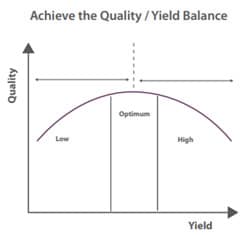
Wine Market Segments
There are 3 wine market segments, with 70% of the global production being for table and bulk wine
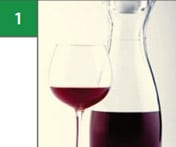 |
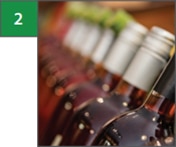 |
 |
||
|
Table & Bulk Wine
US$1 – 4 / bottle
|
bottle Good – Medium Quality Wine
US$5 – 25 / bottle
|
High Quality Wine
US$30+ / bottle
|



The goal in most regions is to increase wine quality in a repeatable process every season. Wine grape quality improvement can be achieved through Reduced Deficit Irrigation (RDI) techniques, combined with drip fertigation which is covered later in this brochure.
Case Study: The Financial Challenges of Growing Bulk Wine in Australia
As shown in the table below, there is a significant difference in the grape price based on grape quality
Quality Grape Price (AUD) Domestic Retail Price (AUD) Export FOB Price (AUD)
Grape price by grape quality classification (A-F).
In a report compiled for the Winemakers Federation of Australia1 , it was found that: Vineyards producing A & B quality groups are profitable on average 47% of vineyards producing C quality grapes are unprofitable 84% of vineyards producing D quality grapes are unprofitable 70% of vineyards producing E/F quality grapes are unprofitable In 2014, it was reported that less than 15% of all Australian wine grape growers made a profit!2 To be profitable, a business strategy is required to minimize the risk of poor seasons for lower quality grapes where profit margins are already thin. This is also combined with increasing the quality of grapes to reach higher grape prices. Drip irrigation is instrumental to achieving these goals. Grape price by grape quality classification (A-F).
Wine Industry Report – Australian Grape and Wine Authority 2013 2 Australian Broadcasting Commission, 8 April 2015
Myth Busting:
Irrigation Reduces Grape Quality
FALSE
In some regions, there is a historical view that vineyard irrigation increases yields and conversely reduces quality.
Naturally, if the crop is over irrigated, you will end up with large fruit with low sugars. However, numerous pieces of research, and the demonstrated success of ‘new world’ wines where irrigation is standard practice, show that irrigation, when managed correctly, actually improves the quality of wine.
Irrigation ensures the vine receives sufficient water during the budding and flowering period, but is then reduced during the ripening period to allow the vines to develop the grape bunches instead of foliage.
Drip irrigation, when coupled with drip fertigation that delivers nutrients directly to the roots of your crop, can allow you to improve the quality of your grapes.
Reduce your Dependence on Weather
Reduce the impact that adverse weather has on your crop.
Viticulture is extremely sensitive to changes in temperature and rainfall. (1)
Therefore, consider the following:
In many traditional wine growing regions, temperatures are increasing while rainfall is decreasing. For example, in the wine producing area of Côtes-du-Roussillon-Villages in Southern France, temperatures have been increasing since the mid-1980s and are projected to increase further. Additionally, research has found that precipitation is becoming more variable, and lower in summer with further droughts expected. (2)
One year of high water stress will adversely impact several years of future harvest.
Too much water stress results in a decline of the oenological potential of grapes – less sugar in the grapes resulting in reduction in aromas, acidity and colour stability. If soil moisture from winter and spring rains is depleted and no supplementary irrigation is available, you increase risk of lower quality wine.
As young vineyards require additional water, they are more susceptible to weather unpredictability.
If you do not irrigate, you leave your grape crop to chance as the weather around the world is generally becoming less favourable and more and more unpredictable. The result is inconsistent yields each year as you are reliant on climatic conditions. In very poor years, you can severely damage your vines for future years.
1. Gladstones J (2011) Wine terroir and climate change.
2. Lereboullet, Anne-Laure & Beltrando, Gérard & Bardsley, Douglas & Rouvellac, Eric. (2014). The viticultural system and climate change: coping with long-term trends in temperature and rainfall in Roussillon, France. Regional Environmental Change.
Drip irrigation gives you greater consistency of production every year compared to relying on unpredictable rainfall that results in variable production outcomes.
Climate change causes France to adopt irrigation in vineyards for survival. Excerpts from Irrigazette Magazine, August 2018
Irrigating the Vineyards of the Var Region (Provence Rosé Wine, France)
A weakening of the vine stock, aroma loss and deterioration, a reduction in the acidity of the wines, excessive tannins and loss of yield, with serious repercussions for several years’ harvests, even leading to the phenomenon of a dieback in the vineyards of the south of France, are just some of the consequences of the increased level of water stress over the last few years.
In the face of the recent higher temperatures, the frequency and intensity of the droughts, the vineyards have come up with a number of possible adaptation options:
Replacing the more sensitive vine varieties with more resistant ones, improving the physical properties of the soil or using well-managed irrigation techniques.
Without adaptation, the quality of the controlled designation of origin (AOC) wines will suffer…. The challenge facing the industry today is the sustainability of the vineyard, which has an economic impact on the whole of the wine industry.
Irrigation is the main mechanism used in the alleviation of plant water stress.
In view of this fact, the Company Canal de Provence, in partnership with the wine-growers’ associations and Chamber of Agriculture, is planning to develop its irrigation networks throughout the area concerned, i.e. about 20,000 ha over the whole Var region
Irrigation Delivers Optimum Quality
Depending on the characteristic of wine you wish to achieve, different irrigation programs are required.
An irrigation program combined with a fertigation program and other crop management techniques will determine your yield and quality balance.
As the table below shows, even in traditional dryland regions such as the south of France, when the relevant ET (evapotranspiration) calculations are made considering current average rain falls, irrigation is required in order to achieve optimum yields.
Average water requirements for red wine in the south of France
Greater Control
Producing great wine requires precision control of water and nutrients.
Drip irrigation gives you control of both
Correlation analysis between the chemical attributes of grapes and the sensory components of wine.
Casassa, Larsen, Beaver, Mireles, Keller, Riley, Smithyman, Harbertson. Sensory Impact of Extended Maceration and Regulated Deficit Irrigation on Washington State Cabernet Sauvignon Wines. (2013)
Water: Water is controlled through drip irrigation lines based on high quality hydraulic design. The Rivulis design team can develop an irrigation and hydraulic system that ensures uniformity of water application to every plant in your vineyard.
Nutrients: Control nutrients via drip fertigation. This is the process where fertilizer is injected directly into the irrigation system and is delivered to the vines as part of the irrigation process. This application allows precise rates of fertilizer to be applied and reduces waste. Feeding roots grow healthy and close to the dripper for maximum intake
Growing great wine grapes requires the right balance of macro, secondary and micro nutrients. Drip irrigation gives you the best control to develop and implement the right fertigation program.
Common nutrients applied to wine grapes
Although it is beyond the scope of this brochure to prescribe every variable of water and nutrients, here are a few examples of how drip irrigation can provide greater control of your grape production:
- Easy and accurate application of nitrogen, potassium, phosphorus, calcium and other micro elements. As these elements are key drivers for your crop, any variation will impact the crop significantly. Drip irrigation makes it easy to develop and implement a fertigation protocol based on the grape you want to achieve. With the ability to create different irrigation zones, subtle differences of fertigation prescription can be applied to each block (and even areas of blocks) based on different varieties, soil and other factors.
- Irrigation Scheduling. Drip irrigation provides options that you do not have if you just rely on rain fall. You can calculate your water application to develop different variations of grape. For example, in a study of three drip irrigation treatments in the Napa Valley, different irrigation schedules achieved different sensory attributes of the grapes. For vines with higher levels of irrigation, the sensory attributes were more vegetal aromas. For vines with strong deficit irrigation treatments, the grapes had more fruity aromas and flavours (1).
- In the Cognac region in France, the white wine needs the correct acidity and nitrogen balance. With drip fertigation, growers found they can double the amount of nitrogen in their grape.
1 M. Chapman, Dawn& Roby, Gaspar & E. Ebeler, Susan & Guinard, Jean- Xavier & Matthews, Mark. (2008). Sensory attributes of Cabernet Sauvignon wines made from vines with different water status. Australian Journal of Grape and Wine Research. 11. 339 – 347.
Two Fertigation Periods
Vineyards have two distinct fertigation periods – one before harvest, and one after. Each fertigation regime has unique requirements.
The variance of regimes can be most clearly seen with the application of nitrogen which is used to control the plant vigor.
As the table below shows, the most important time of application of nitrogen is post-harvest. This regime is significantly different than pre-harvest. In-fact in many instances, the only application of nitrogen is post-harvest. Without drip irrigation, you need to wait for winter rains before nitrogen application. With drip irrigation, you can apply nitrogen immediately after harvest which is vital for a healthy plant reserve for the following season, especially in moderate – high vigor applications. Drip fertigation is the most efficient tool for post-harvest fertigation, which in turn leads to improved yield and quality the next season.
Typical Nitrogen Fertigation Program
Irrigate to Remain Competitive: Old World vs New World Production
Europe (‘Old Word’ Production)
- Represents 76% of total wine grape area.
- However, only 10% of vineyards are irrigated.
- Irrigation adoption increasing rapidly to remain competitive globally and due to climate change.
Regulated Deficit Irrigation: Striking the quality x quantity balance
Irrigation scheduling for vineyards uses a different approach (and formula) compared to most crops.
If you are growing table grapes, or many other crops, bigger fruit = greater yield = greater revenue. Therefore, the goal is to maximize yield. The standard formula to calculate irrigation requirement for maximum yield is: ETC= ET0 x Kc
For wine grapes you don’t want maximum yield. You want to reach the optimum balance of quality and yield for the market you want. This is achieved through Regulated Deficit Irrigation (RDI).
The formula for vineyard irrigation is therefore: RDI = KS x KC x ET0
Ks : The estimate of RSI required (changes at different intervals)
Kc : Crop coefficient
ET0 : Evaporation + transpiration
Regulated deficit irrigation: Water stress is implemented intentionally during specific growing stages
Vineyards require a moderate level of water deficit. The goal is to maintain vegetative growth and good sugar accumulation.
Table Grapes Irrigation Goal:
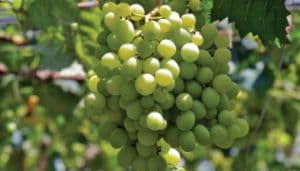 |
 |
|
| Table Grapes Irrigation Goal: Maximum Yield. Big fruit Irrigation Formula: ETc = ET0 x Kc |
Wine Grapes Irrigation Goal: Optimum quality x quantity balance Irrigation Formula: RDI = Ks x Kc x ET0 |

Goal: Maximum Yield. Big fruit
Irrigation Formula: ETc = ET0 x Kc

Goal: Optimum quality x quantity balance
Irrigation Formula: RDI = Ks x Kc x ET0
To demonstrate another example of the impact of RDI, the photos below show the significant difference of fields irrigated with and without RDI protocol.
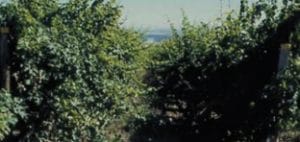 |
 |
|
| Without regulated deficit irrigation | With regulated deficit irrigation |


Know RDI method changes throughout the growing season
The irrigation protocol must vary throughout the season to meet the wanted objectives for the final grape.
The graph below shows the impact RDI can have on various stages of the crop cycle. It is through RDI using drip irrigation, that you can finely tune your crop.
Recommended Drip Irrigation Systems
There are three common drip irrigation systems that you can install based upon your needs.
The most common irrigation method for vineyards.
Drip Line Suspended on Wire
Advantages:
- Does not interfere with machinery
- Appearance
Recommended Drip Line:
- Rivulis D5000 PC or Hydro PC
- 40 – 45 mil wall thickness
- 1.0 – 2.2 lph drippers with 0.4 – 1.0 m spacing depending on soil type
Disadvantages:
- More expensive for installation
- Increased weeds near the vines
- Needs to install a “drop stopper” so that water falls directly below the dripper and does not run along the length of the tube
The most common irrigation method for vineyards
Drip Line on Surface
Advantages:
- Most easy and economical to install
- Drips fall directly under the dripper
Recommended Drip Line:
- Rivulis D5000 PC or Hydro PC
- 40 – 45 mil wall thickness
- 1.0 – 2.2 lph drippers with 0.4 – 1.0 m spacing depending on soil type
Disadvantages:
- Interferes with machinery
- Increased weeds near the vines
Many pesticides and herbicides are now forbidden. A subsurface drip irrigation system irrigates direct to the root zone and minimizes moisture on the surface reducing the need for pesticides and herbicides
Advantages:
- Most efficient water and fertilizer application
- Does not interfere with machinery
- Water not applied on the surface so reduced weeds and plant disease from moisture
Recommended Drip Line:
- Rivulis D5000 AS (Anti-siphon to prevent soil suck back)
- 40 – 45 mil wall thickness
- 1.0 – 1.5 lph drippers with 1.0 meter spacing depending on soil type
Disadvantages:
- Interferes with machinery
- Increased weeds near the vines
Recommended Drip Lines
Drip irrigation provides uniformity across years of production due to less reliance on rainfall.
However, just as important, is uniformity across the field. You do not want uneven water and fertilizer applications where some vines receive too much treatment, and others receive too little. For a high quality harvest, you need uniform application to all vines. This is achieved through Pressure Compensating (PC) Drip Lines.
PC Drip Lines contain drippers that each have a flow regulating membrane. This membrane compensates for changes in pressure across the line so that every dripper emits the prescribed water flow per hour.
As the diagram below shows, over a slope of five meters, the pressure increases by 26% toward the bottom of the slope. Without a PC drip line, the result would be that vines at the lower end of the slope would receive 25% more water and nutrients then those at the highest elevation. With PC drip lines, all vines receive the same water regardless of the pressure.
START OF VINEYARD ROW
- ELEVATION: 5.0 m
- PRESSURE: 1.5 bar (the pressure at start of lateral)
- ACTUAL FLOW RATE FOR 2.0 l/h NON-PC DRIP LINE: 2.0 l/h
- ACTUAL FLOW RATE FOR 2.0 l/h PC DRIP LINE: 2.0 l/h
END OF VINEYARD ROW
- ELEVATION: 0.0 m (variation -5.0m)
- LATERAL LENGTH: 125 m
- PRESSURE: 1.9 bar (increased pressure due to gravity)
- ACTUAL FLOW RATE FOR 2.0 l/h NON-PC DRIP LINE: 2.5 l/h (+25%)
- ACTUAL FLOW RATE FOR 2.0 l/h PC DRIP LINE: 2.0 l/h (constant)
It is not just sloping ground; pressure also fluctuates across blocks due to friction of the tube. For vineyards where precision is critical, PC drip lines are a must. Rivulis has the widest range and highest quality pressure compensated drip lines available. Options include cylindrical, flat and on-line drippers, anti-siphon and no-drain options (for subsurface irrigation), and a wide range of flow rates and diameters.
Rivulis D5000 PC/AS
The world’s most advanced PC drip line with. anti-siphon (AS) option available for sub-surface application.
Rivulis Hydro PC/PCND
The Hydro PC/PCND Drip line is a Trusted for over 20 years. Dependable and robust cylindrical dripper with PCND option for pulse irrigation.
Eurodrip Olympos PC/AS
Uniformly delivers water over extra-long run lengths and sloping ground.
Eurodrip PC2
Dependable cylindrical PC drip line for uniform flows for a wide range of multi-season applications.
Rivulis D4500 PC/AS
Ensure crop uniformity over a wide range of conditions with this flow regulating drip line.
The Rivulis D4500 PC/AS available with an anti-siphon option for sandy conditions where soil-suck back is a risk.
Rivulis R5000 PC
Combining the expertise of Israel and Greece research and development teams, Rivulis R5000 PC is the newest cylindrical drip line offering.
Please note: Case study outcomes are for information purposes only and actual results may vary. This article has been compiled for worldwide circulation and the descriptions, photos, and information are for general purpose use only. Please consult with an irrigation specialist and technical specifications for proper use of Rivulis products. Because some products are not available in all regions, please contact your local dealer for details. Rivulis reserves the right to change specifications and the design of all products without notice. Every effort has been used to ensure that product information, including data sheets, schematics, manuals and Information should be verified before making any decisions based on this information.



